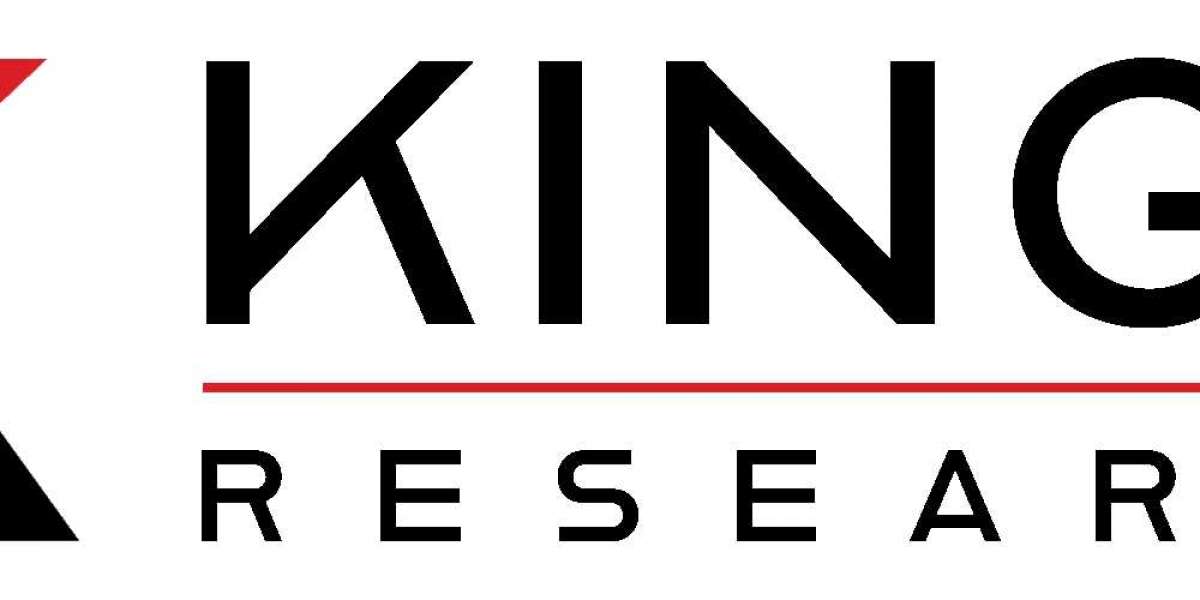This approach eliminates the burden of server management, allowing developers to focus on creating compelling digital experiences.
What is Serverless CMS?
Serverless CMS is a type of headless CMS that embraces the serverless architecture. Headless CMS separates the content management backend from the front-end presentation layer, enabling developers to deliver content to any device or platform seamlessly. Serverless CMS takes this concept a step further by eliminating the need to manage servers entirely. Instead, it utilizes cloud-based services, such as Amazon Web Services Lambda or Google Cloud Functions, to execute code on demand. This pay-per-use model ensures cost-efficiency and scalability, as resources are only provisioned when content is being created, edited, or delivered.
Benefits of Serverless CMS
The adoption of serverless CMS is driven by its numerous advantages, including:
Reduced operational costs: Serverless CMS eliminates the need to purchase, maintain, and scale servers, significantly reducing operational expenses.
Enhanced scalability: Serverless CMS automatically scales up or down based on demand, ensuring optimal performance even during peak traffic periods.
Improved developer agility: Developers can focus on building innovative front-end experiences without worrying about server management.
Simplified content management: Content editors can easily create, manage, and publish content using intuitive interfaces.
Omnichannel content delivery: Serverless CMS enables seamless delivery of content to any device or platform, including websites, mobile apps, and IoT devices.
Key Features of Serverless CMS
Serverless CMS platforms offer a range of features that make them ideal for managing content across diverse digital channels:
Content API: A robust API provides programmatic access to content, enabling integration with various applications and frameworks.
Content modeling: Flexible content modeling tools allow developers to define content structures tailored to specific needs.
Content versioning: Comprehensive versioning capabilities ensure the preservation of content history and facilitate rollbacks.
Content previewing: Real-time previewing options enable content editors to visualize changes before publishing.
Security: Robust security features protect content from unauthorized access and ensure compliance with data privacy regulations.
Considerations When Choosing a Serverless CMS
When selecting a serverless CMS, several factors should be considered:
Ease of use: The CMS should provide an intuitive user interface for both content editors and developers.
Scalability: The CMS should be able to handle large volumes of content and traffic without performance degradation.
Security: The CMS should offer robust security features to protect sensitive data.
Integration capabilities: The CMS should integrate seamlessly with existing systems and workflows.
Pricing: The pricing model should be transparent and aligned with the organization's usage patterns.
Serverless CMS: A Game-Changer for Content Management
Serverless CMS is revolutionizing content management by offering a cost-effective, scalable, and developer-friendly approach to creating and delivering content across multiple platforms. As organizations embrace digital transformation and omnichannel content strategies, serverless CMS is poised to become the preferred choice for managing the ever-increasing volume of content.






